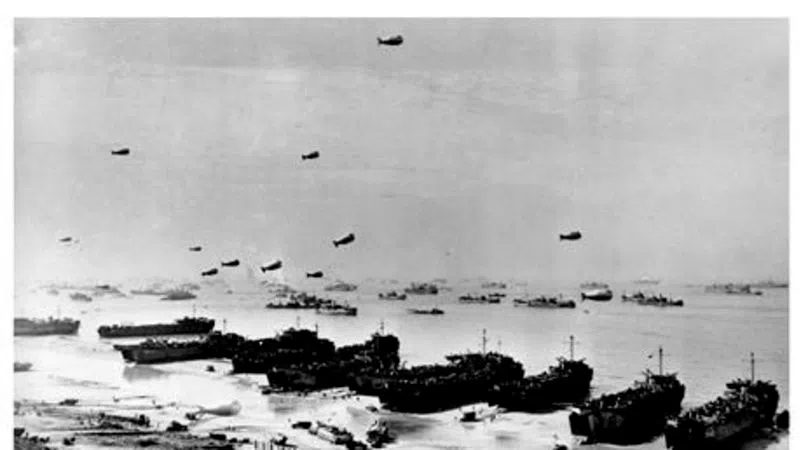
The War to June 6, 1944: How the decisions surrounding D-Day came about
OTTAWA — THE WAR TO JUNE 6: Allied fortunes had rebounded by 1944 after the massive German conquests of 1940-41. British and American armies had driven the Germans from North Africa and Sicily, forced Italy to surrender and were moving up the Italian boot while Allied bombers were pounding German cities and towns day and night. In the East, the Soviets were on the march to Berlin. And in the Pacific, the Americans were making headway against the Japanese.
WHY INVADE? Military planners recognized Germany could not be defeated by strategic bombing or naval blockade. Instead, they would have to invade to both free occupied Allies and ensure Europe didn’t fall into the hands of the Soviet Union.
WHY NORMANDY? The decision was largely dictated by technology and supply problems. Beaches had to be within range of British-based fighter planes and easy striking distance of a port, which would be needed to unload supplies. The Nazis believed the Allies would attack at the Pas de Calais, which was the closest point to Great Britain. Knowing this, the Allies devised an elaborate deception to keep the Nazis focused on this area while actually preparing for Normandy, which had lighter defences, suitable beaches and the requisite proximity to ports.



